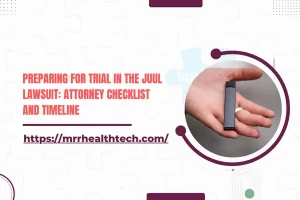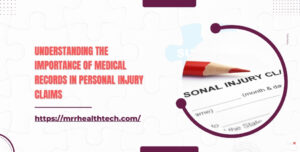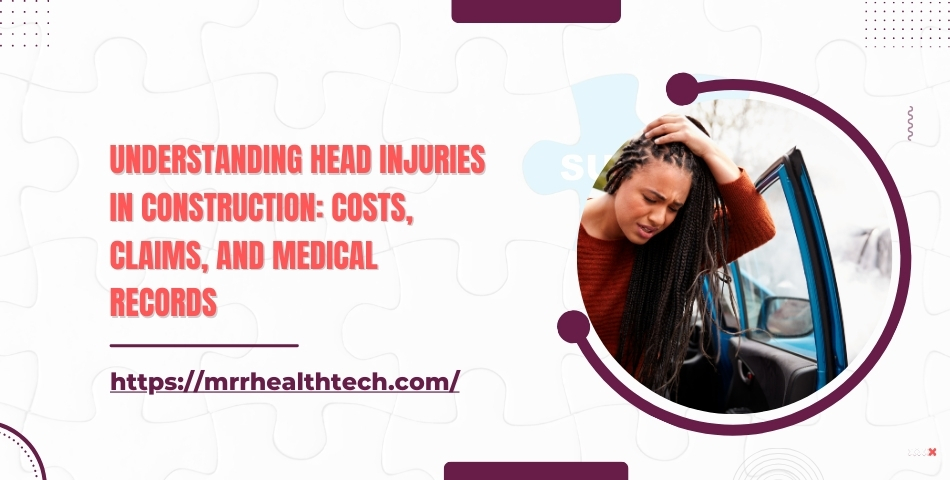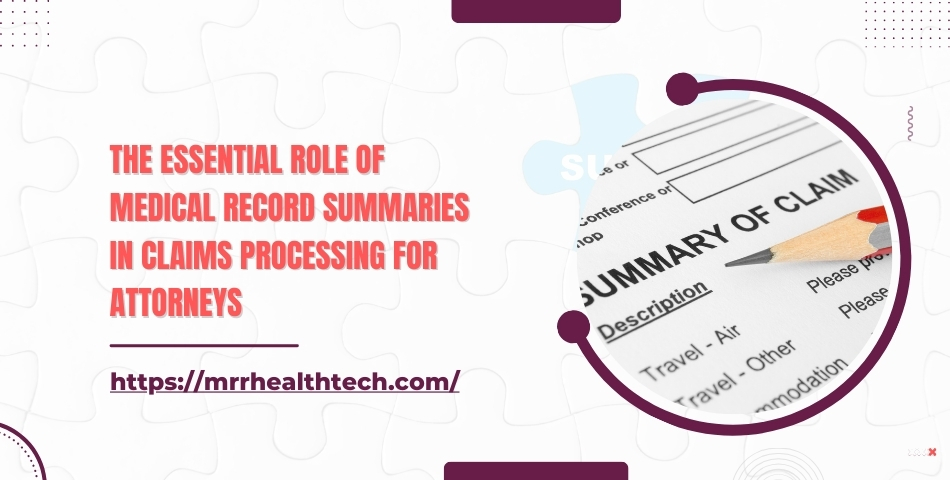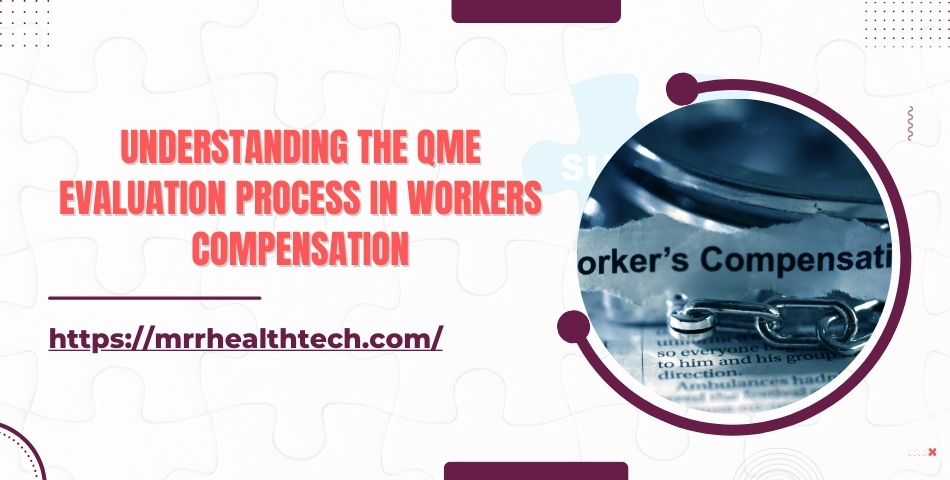
Introduction
In the workers’ compensation cause, a QME Evaluation plays a critical role in assessing the level of injured workers conditions and all the possible benefits to be received by such workers. However, medical records assessments are also understood to be an equally important responsibility, this time targeting the attorneys in charge of the clients in such cases. By concentrating on the issues of this article, the features of the review of medical documents, its significance for lawyers and the evaluation of the evidence in this case are discussed.
The Importance of Medical Records Review in Workers’ Compensation
What is Medical Records Review?
Medical records review is defined as the comprehension of patient medical history, treatment and health records, assessment of work-related documents and other relevant documents to establish the medical factors of a worker’s compensation claim that apply. This task frequently becomes a prerequisite for the attorneys to be able to pie a strong case for their clients.
Why Attorneys Need Medical Records Review
- Establishing Credibility: Such documents confirming the injury and treatment received enable a claim to be able to establish a clear picture of the injury in particulars along with how this impacted the life of the injured worker .
- Supporting Legal Arguments: Sometimes, obligations under legal documents such arguments may include the argument to the extent of damage suffered and payment to be made necessary as evidenced by medical documents.
- Identifying Gaps in Treatment: A detailed review can reveal any treatments rendered or not rendered which can impact the claim in any way.
The QME Evaluation Process: An Overview
Role of the Qualified Medical Examiner (QME)
The QME is a physician certified by the state to evaluate injured workers. Their assessments are crucial in determining the validity of claims and the appropriate benefits.
Steps in the QME Evaluation Process
- Initial Consultation: the worker who was injured is given a number of interviews, one of which is conducted by a QME.
- Medical History Review: The examiner assesses the available documents on the patient’s documents to establish the history of the said injury.
- Physical Examination: Specific procedures are utilized to perform a physical exam and determine the present state of the worker.
- Report Generation: The QME then writes up their findings and makes the necessary recommendations and for their findings.
Challenges in the QME Evaluation Process
Common Issues Faced by Attorneys
- Inconsistent Medical Records: Discrepancies in medical records can lead to confusion and complicate the evaluation process.
- Subjectivity in Evaluations: Different QMEs may have varying opinions on the same case, leading to inconsistencies.
- Time Constraints: The need for timely evaluations can pressure attorneys and QMEs, potentially affecting the quality of assessments.
Addressing These Challenges
- Thorough Medical Records Review: If there were inconsistencies in the medical records, the attorneys should ensure that a thorough assessment is conducted in the early phases.
- Collaboration with QMEs: Coordinating and fostering a good rapport with the QMEs will help in understanding and explaining the case adequately.
- Utilizing Expert Witnesses: There are instances, wherein additional medical experts, if applicable, would suffice even further.
How Medical Records Review Enhances the QME Evaluation Process
Streamlining the Evaluation
A detailed medical records review can streamline the QME evaluation process by ensuring that all relevant information is readily available. This preparation can lead to more accurate assessments and faster resolution of claims.
Reducing Discrepancies
By identifying potential discrepancies in medical records before the QME evaluation, attorneys can address these issues proactively, reducing the likelihood of disputes later in the process.
Supporting Client Advocacy
A thorough review of medical records allows attorneys to advocate more effectively for their clients, ensuring that all relevant medical information is presented during the evaluation.
Case Studies
Case Study 1: Overcoming Inconsistent Medical Records
Overview of the Case: An employee experienced a back injury while he was working and was trying to lift some heavy equipment. His first ever doctors report had some details of a mild strain, but this employee eventually ended up with pain in his back.
Challenges: The discrepancies in the medical records raised doubts as to the extent of the injury which makes it more difficult to settle the claim.
Solutions: The lawyer carried out an in-depth survey of all the medical documents and previous treatments and assessments. They found missing parts of the documentation which suggested the extent of the injury to be more than was first reported.
Compensation: After the changes in medical documentation, the lawyer was able to reach an agreement that was acceptable to the parties when more compensation than before was warranted.
Case Study 2: The Impact of Timely Medical Records Review
Overview of the Case: An injured worker got denial of benefits due to absence of satisfactory records concerning their treatment received.
Challenges: The slow pace of receipt of medicals files records led to long claims processing period, which was inconvenience to the lawyer as well as the client.
Solutions: The attorney formulated a detailed medical records retrieval strategy and focused on the need to have records reviewed in a short period of time. They interacted with the medical practitioners in order to fast track the activities.
Compensation: A comprehensive case was presented to the QME as a result of timely intervention by the attorney and the client benefits were approved. The case review’s rapid pace not only allowed for a relatively speedier conclusion but also made it possible for the client to have the necessary resources for his recovery.
Conclusion
The review of the medical records can never be emphasized enough during the process of analysing the workers’ compensation cases especially for the lawyers of the injured employees. Legal representatives can improve their advocacy skills by knowing the nuances related to the QME evaluation process and resolving the issues whenever they emerge. Successful resolution of medical record review processes enhances evaluation processes and complements the claims which improve client outcomes.




